SUMMARY
This is AI generated summarization, which may have errors. For context, always refer to the full article.
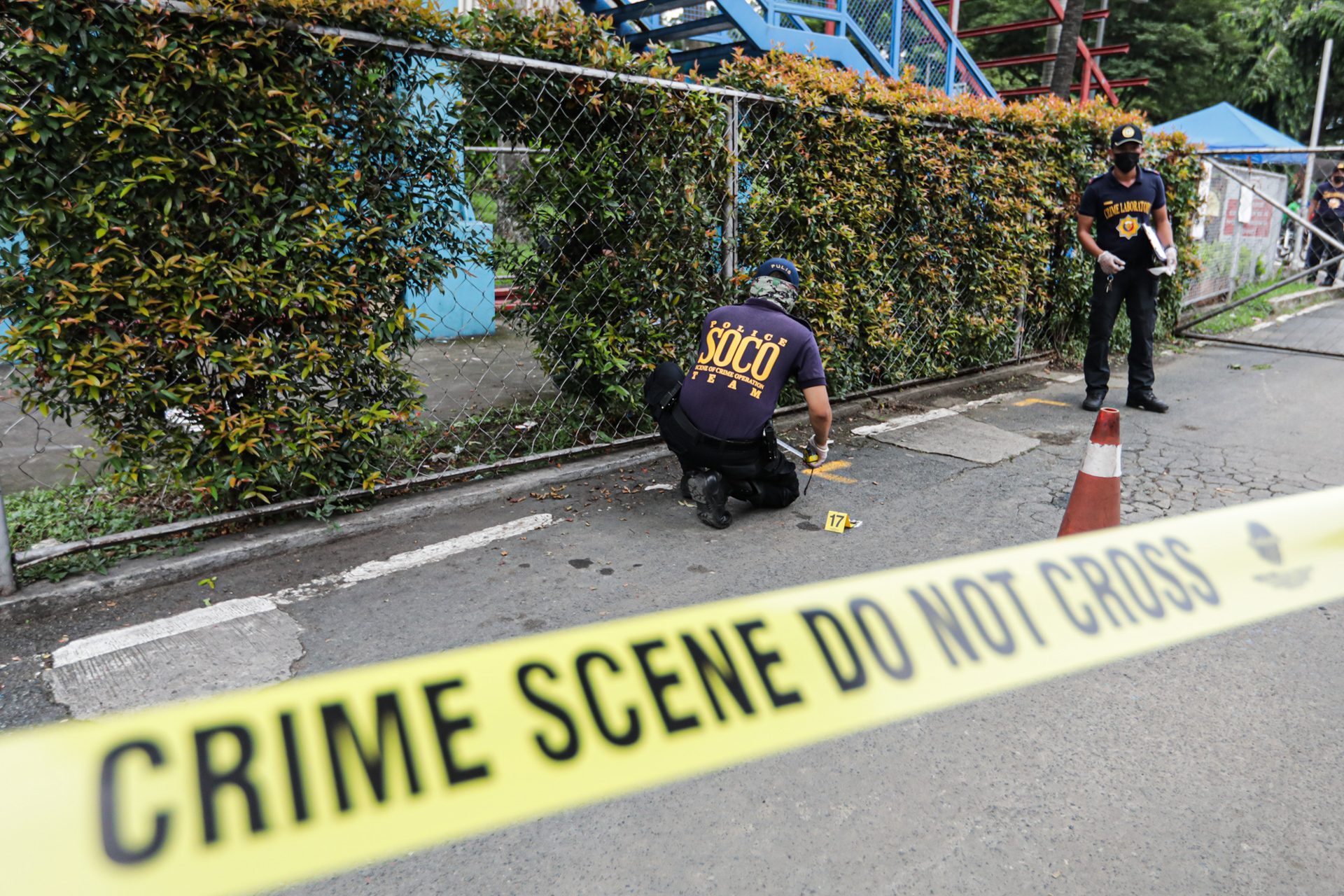
It was what I thought would be a lazy Sunday. I had the extraordinary luxury of going to the gym past noon and was looking forward to reading a book whose pages I had not turned in days. It was going to be a quiet me-time Sunday, I thought, because the home partner was going to be busy with graduation rites that would extend to dinner socials.
But as most editors are wont to do, I found myself flipping open my Mac out of habit (or maybe addiction). It didn’t take long before notification alerts started flashing in rapid succession on the top right corner of my laptop. I quickly checked which of our countless channels on Slack the high-pitched pings were emanating from, until I spotted the very first message that whizzed by.
In our News Slack channel, Ree Tuquero, one of our researchers, posted a message with a 3:18 pm timestamp: “May active shooter daw sa Arete ng Ateneo.” (There’s a reported active shooter in Ateneo’s Arete.) It was an eight-word message that would cause the anticipated peaceful Sunday to rapidly evaporate.
It didn’t take long before different members of the editorial team, otherwise on day off, came to life on Slack. Like spirits summoned to a séance, they started to share every bit of information gathered from various sources: social media, Ateneo de Manila friends, Viber groups, a wide array of contacts ranging from the police to politicians to government officials to personal relations who were supposed to be part of the graduation ceremonies of the Ateneo Law School on July 24. At the time, many were probably wishing it wasn’t an active shooter type of situation similar to those in the US.
Hello, I’m Chay Hofileña, former managing editor now back to helming Rappler’s investigative and in-depth section, Newsbreak. Allow me to give you a peek into how we operate in our high-adrenaline, virtual newsroom during breaking news situations when judgment calls may not be few and far between.
Since July 1, we’ve been trying out a new cluster system that groups reporters, researchers, editors, artists, social media and production specialists, plus members of our Community unit into teams that each focus on distinct topics or issues. Size does not afford us much latitude, but it forces us to focus on key areas where we can aim to be good at.
That Sunday, our greatest challenge was making sense of the active shooter incident, given scarce information. What was clear to all of us, however, was a cardinal rule in journalism: verify.
Bea Cupin, our senior political reporter, was quick to post at 3:25 pm: “For verification: among the parents, mayor raw ng basilan (?). Baka siya ang tinarget.” (The mayor of Basilan might have been the target.) A tweet from the Metropolitan Manila Development Authority confirmed Ree’s initial information about the shooting.
A flurry of messages came before justice reporter Lian Buan chimed in at 3:38 pm to say that the graduation’s guest speaker, Chief Justice Alex Gesmundo, was safe. He was still in transit when the shooting happened and had been advised to turn back. By then we knew that ceremonies were supposed to start at 4 pm.
By 3:40 pm, political reporter Mara Cepeda alerted about a photo of the crime scene with a dead body. A minute later, a harried editor on board, Victor Barreiro Jr., was preparing to break the story – he was being rushed by our social media head Kaye Cabal, who wanted to break the news with even just a one-liner on Twitter.
You can imagine how difficult it was to write coherently with pings sounding almost non-stop – its closest equivalent perhaps would be hearing multiple voices shouting and competing for attention over your shoulder. New information continued to stream in, with a campus lockdown announced in the channel at 3:43 pm. Poor Victor!
By 3:45 pm, the breaking story was finally released.
It didn’t end there, however. The police gave inaccurate information, starting with the wrong/misspelled names of the victims and even the arrested suspect. It reminded me of Duterte’s drug war list, and so we held off even mentioning the suspect’s name until we were absolutely sure. We had seen how much physical harm such mistakes could cause.
Throughout the day till the evening, there were questions about information from the police that contradicted accounts from the ground. Pieces of the puzzle still didn’t quite fit, but we tried to make sense of what happened via a timeline.
By the early evening, we felt the need to tell readers more about the slain former mayor Rose Furigay, her executive assistant Victor George Capistrano, the Ateneo security guard Jeneven Bandiala, and the shooter-suspect who goes by the name Chao Tiao Yumol.
From a journalist’s perspective, it was fascinating to also understand what could trigger such brazen violence that was totally oblivious to how it could shamelessly turn upside down what was supposed to be a triumphant and celebratory event.
Imagine that – before young, future lawyers, a crime was committed right inside a university that everyone assumed would be safe. Quite ironic, too, was our eventual discovery that the gunman, who guiltlessly snuffed out lives, was a doctor who was supposed to have been trained to save lives.
The shooting that left a lifeless body in front of Ateneo’s Areté – supposed to be the university’s “creativity and innovation hub” and a “venue for creative expression and experimentation” – hit a chord among a number of our staff who considered Ateneo home. We who weren’t there could only imagine the extent of the fear and the trauma of those who witnessed the shooting,
As we were preparing to release followup stories on the shooting, a strong earthquake struck in the morning of Wednesday, July 27. Again, Slack went berserk. It signaled yet another cycle of breaking news even as the last one had not totally subsided.
Add a comment
How does this make you feel?
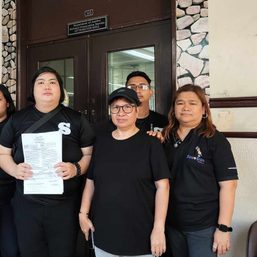

![[Newsstand] The media is not the press](https://www.rappler.com/tachyon/2024/04/tl-media-is-not-the-press-04132024.jpg?resize=257%2C257&crop=281px%2C0px%2C720px%2C720px)
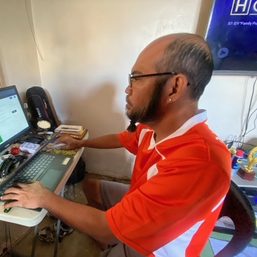


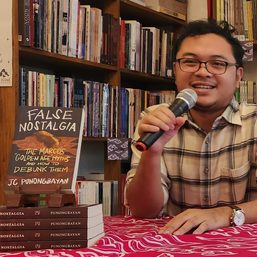
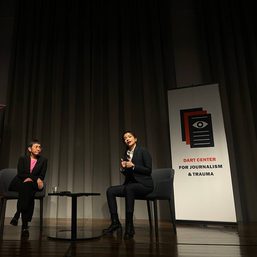

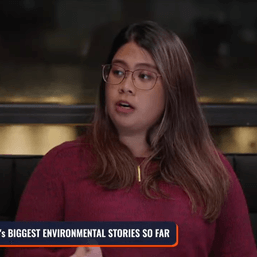
There are no comments yet. Add your comment to start the conversation.